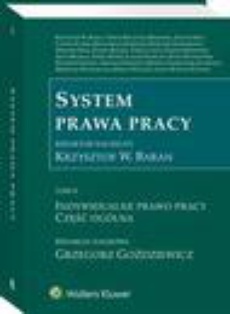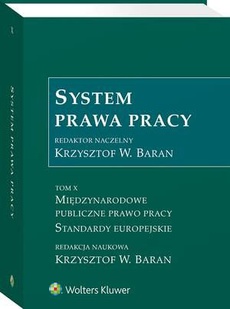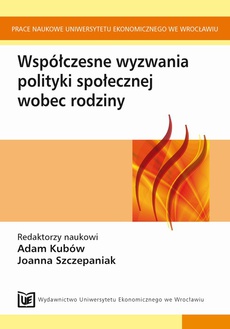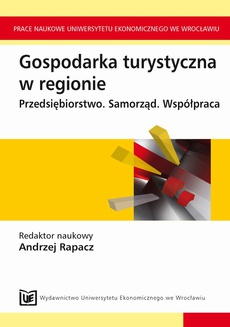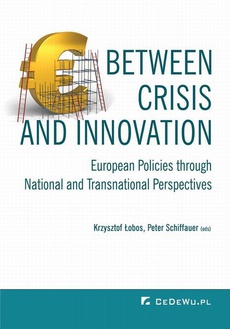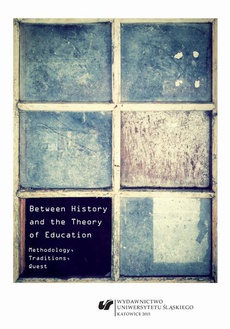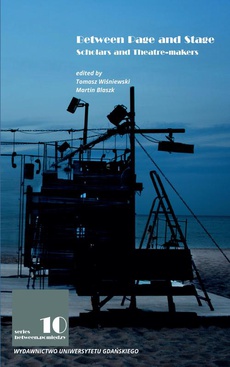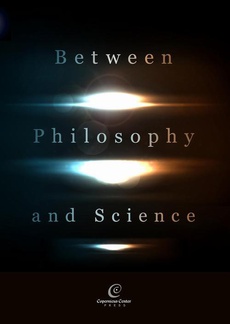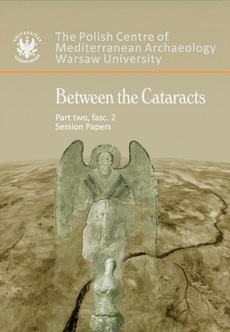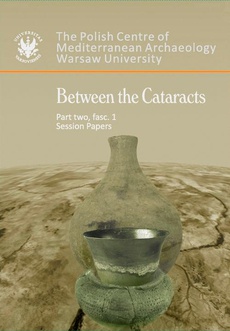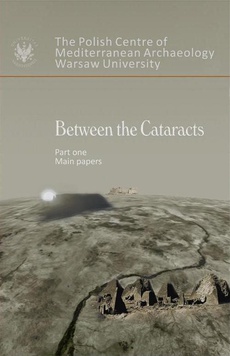INNE EBOOKI AUTORA
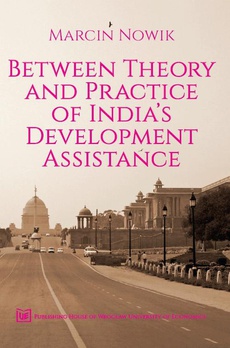
Between theory and practice of india’s development assistance
Autor:
Format:
ibuk
Rejuvenation of development assistance offered by the Southern donors has changed the landscape of the global aid architecture in the 21st century. India has re-emerged as a global provider of resources for development challenging the post-Cold War status quo and significantly impacting contemporary international economic relations. While North-South aid relations have been largely examined by scholars worldwide, the South-South cooperation for development remains a valid area of research, compellingly addressed in this book.
The monograph is an original attempt at describing present development cooperation from the perspective of an emerging economy in a comprehensive and accessible way. It navigates the reader through the complexities of development aid discourses, theories, institutions, actors and modalities. Focusing on India’s contribution,
it examines the evolution and current state of both theories and practices
of development aid, confronting South-South and North-South perspectives. India turns out to be a fascinating and little known contributor to the global aid system since its very beginning.
The book will be welcomed by anyone interested in the global system of development assistance in general as well as in the place and role of India in this system in
particular.
| Rok wydania | 2016 |
|---|---|
| Liczba stron | 264 |
| Kategoria | Inne |
| Wydawca | Wydawnictwo Uniwersytetu Ekonomicznego we Wrocławiu |
| ISBN-13 | 978-83-7695-601-5 |
| Język publikacji | polski |
| Informacja o sprzedawcy | ePWN sp. z o.o. |
POLECAMY
Ciekawe propozycje
Spis treści
| Preface | 9 |
| Introduction | 11 |
| Part I: Theory | 17 |
| Chapter 1. The concept of development | 19 |
| 1.1. Traditional views on development | 20 |
| 1.2. New views on development | 21 |
| Chapter 2. The process of economic development | 25 |
| 2.1. Development economics (first generation theories) | 28 |
| 2.2. Indian responses to development economics | 31 |
| 2.3. Structuralism | 37 |
| 2.4. Structuralists’ approach and India’s economic policy | 43 |
| 2.5. Neo-classical resurgence: The Washington Consensus and beyond | 45 |
| 2.6. Indian contribution to neo-classical resurgence | 53 |
| Chapter 3. The role of foreign assistance in economic development | 63 |
| 3.1. The concept of foreign aid | 63 |
| 3.2. Aid and growth relationship – the emergence of theories and models, 1950–1970 | 66 |
| 3.3. Indian economists on foreign aid, 1950–1970 | 71 |
| 3.4. Neoclassical growth theory and empirical examination of the aid-growth relationship after 1970 | 79 |
| 3.5. Indian economists on the role of foreign aid after 1970 | 82 |
| Part II: Institutions | 87 |
| Chapter 4. The evolution of the institutional framework of foreign assistance | 89 |
| 4.1. Institutions within North–South relations | 90 |
| 4.2. Institutions within South–South relations | 95 |
| 4.3. The UN System and Bretton Woods institutions | 114 |
| Chapter 5. Emerging donors in the contemporary aid architecture | 125 |
| 5.1. The concept of global aid architecture | 125 |
| 5.2. Defining emerging or non-DAC donors | 127 |
| 5.3. Emerging donors’ classification | 128 |
| 5.4. Impact of the re-emergence of Southern assistance providers on the global aid architecture | 130 |
| 5.5. ‘Emerging donors’ – conclusions | 134 |
| Part III: Development assistance | 137 |
| Chapter 6. India as a donor country | 139 |
| 6.1. India’s foreign assistance from the historical perspective | 139 |
| 6.2. Defining and measuring India’s aid-related activities | 148 |
| Chapter 7. Modalities and administration | 155 |
| 7.1. Grant assistance and advances to foreign governments | 156 |
| 7.2. Capacity building programmes | 157 |
| 7.3. Lines of credit (LOCs) | 162 |
| 7.4. Three pillars of India’s development partnership programmes – conclusions | 165 |
| 7.5. Administration – towards aid agency? | 167 |
| Chapter 8. India’s assistance relations with particular countries | 173 |
| 8.1. India’s neighbourhood and Afghanistan | 173 |
| 8.2. African countries | 196 |
| 8.3. CIS, Caribbean and other countries in the world | 205 |
| Chapter 9. Motives and effectiveness of India’s assistance | 211 |
| 9.1. The motives in the Cold War period | 211 |
| 9.2. The contemporary motives | 216 |
| 9.3. The assessment of assistance effectiveness | 221 |
| Conclusions | 226 |
| Appendix 1 | 234 |
| Appendix 2 | 236 |
| References | 237 |
| Lists of Figures | 261 |
| List of Tables | 263 |

